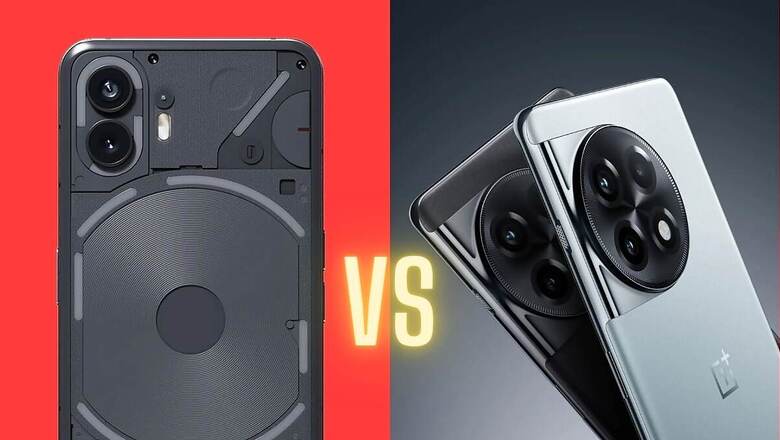
views
With the launch of the Nothing Phone (2), the competition in the premium mid-range category has intensified. With options like the iQOO Neo 7 Pro, the Pixel 7a, and of course, the OnePlus 11R, the competition is fierce, and companies are doing their best to justify the price customers pay for their products.
In this article, we compare the OnePlus 11R and the Nothing Phone (2)—two of the most popular models in the under-Rs 50,000 range.
Design and Build Quality
Both the Nothing Phone (2) and the OnePlus 11R have glass backs, but the Nothing Phone (2) has a slightly better build quality thanks to its metal frame, while the OnePlus 11R has a plastic frame. However, this does not mean that the OnePlus 11R feels less premium. Despite its plastic frame, the phone feels sturdy and comfortable to hold.
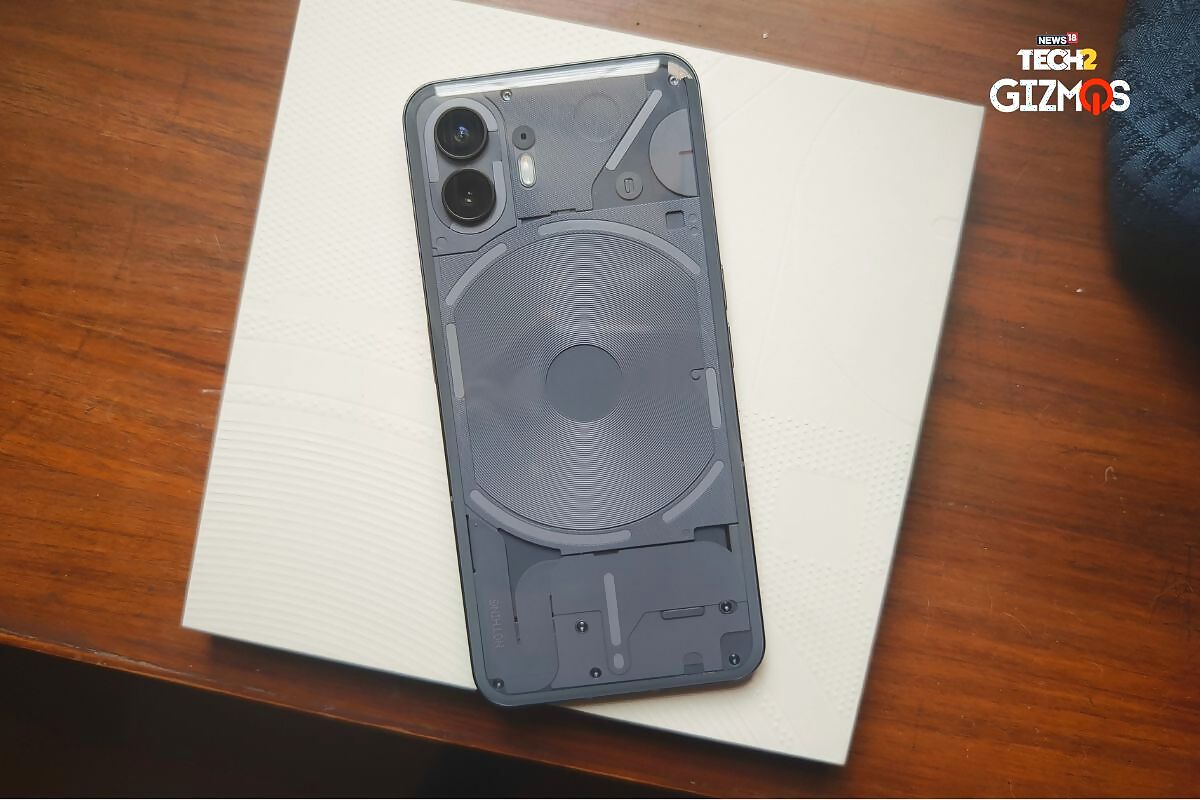
The Nothing Phone (2) has a transparent back panel and a glyph lighting interface on the back, which has become the brand’s identity. It is similar to the Phone (1) in this regard. The OnePlus—on the other hand—has a curved display and a curved glass back, similar to the more expensive OnePlus 11. The body is narrow, making it easy to grip. Users can get the phone in a variety of finishes, including the classic Sandstone-like finish. In our experience with both devices, the OnePlus 11R is slightly slippery, but a case can easily solve this issue. The Nothing Phone (2) has a more boxy, iPhone-inspired design.
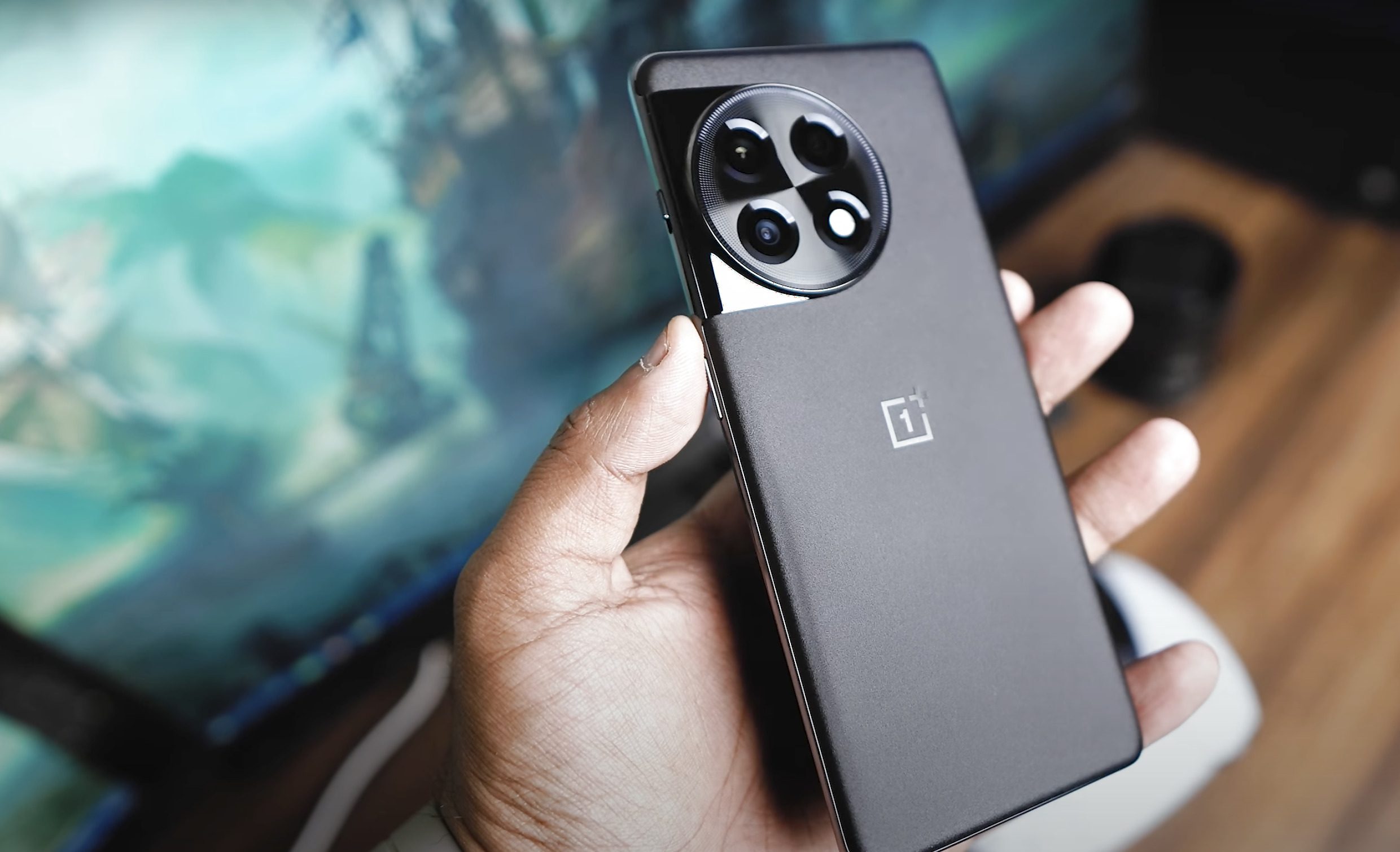
Display: Flat or Curved?
The OnePlus 11R and Nothing Phone (2) both have 6.7-inch AMOLED displays with 120Hz refresh rates. However, the Nothing Phone (2) has a few advantages: it uses an LTPO panel that can refresh between 1-120Hz—making it more energy-efficient; it is brighter than the OnePlus 11R’s panel, with a peak brightness of 1600nits; and it has a flat display, which some people prefer to a curved one. Overall, the Nothing Phone (2) has a better and brighter display than the OnePlus 11R.
Performance: Similar Across the Board
The Nothing Phone (2) and the OnePlus 11R both have Qualcomm 8+ Gen 1 chipsets, which are a step down from Qualcomm’s latest flagship chipset, the 8 Gen 2. Despite this, they are both powerful enough to handle most tasks. The OnePlus 11R has up to 16GB of LPDDR5X RAM, while the Nothing Phone (2) has up to 12GB. In terms of performance, they are both very similar, with similar thermal performance.
Software: A New Take on Android vs The Old Reliable
Both phones have their own skins, Nothing OS 2.0 and OxygenOS, on top of Android 13. However, they are significantly different. Nothing has opted for a more monochromatic, minimalist UI, while OxygenOS adopts features from ColorOS for a more vibrant UI. Both have their own advantages and disadvantages, but we believe that NothingOS 2.0 offers a fresh take on Android with its customizable glyph lighting interface, reworked widgets and icons, and yes, with mostly stock Google apps. OnePlus—on the other hand—offers an equally feature-rich, if not better, experience with more of the already existing software features available in the market.
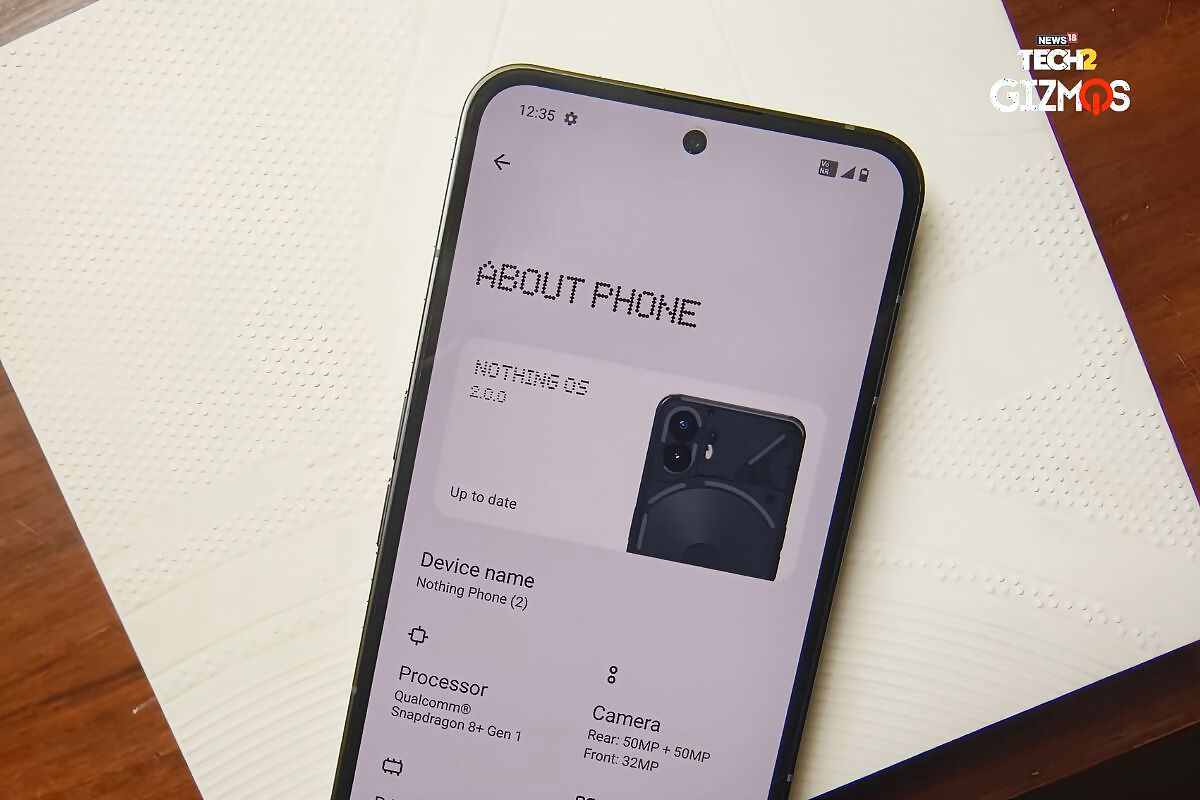
In terms of software support, OnePlus has committed to delivering three years of Android updates and four years of security patches. Similarly, Nothing will also provide three years of Android updates and four years of security patches for the Phone (2).
Battery Life and Charging: Nothing Phone (2) Misses Out on an In-box Charger
The Nothing Phone (2) has a slightly larger battery (4700 mAh) than the Nothing (1) (4500 mAh), which, combined with a more efficient processor, results in excellent battery life. However, it has a smaller battery than the OnePlus 11R (5000 mAh). The OnePlus 11R also comes with a 100W fast charger in the box, while the Nothing Phone (2) does not come with a charger at all—despite costing more. Additionally, the Nothing Phone (2) charges more slowly—at a maximum of 45W.
Camera: Multiple Similarities
Both the Nothing Phone (2) and the OnePlus 11R have multi-camera setups with wide and ultrawide lenses. They both have a 50-megapixel Sony IMX890 sensor, but the Nothing Phone (2) has a 50-megapixel Samsung JN1 ultrawide sensor, while the OnePlus 11R has an 8-megapixel ultrawide sensor and a 2-megapixel macro lens.
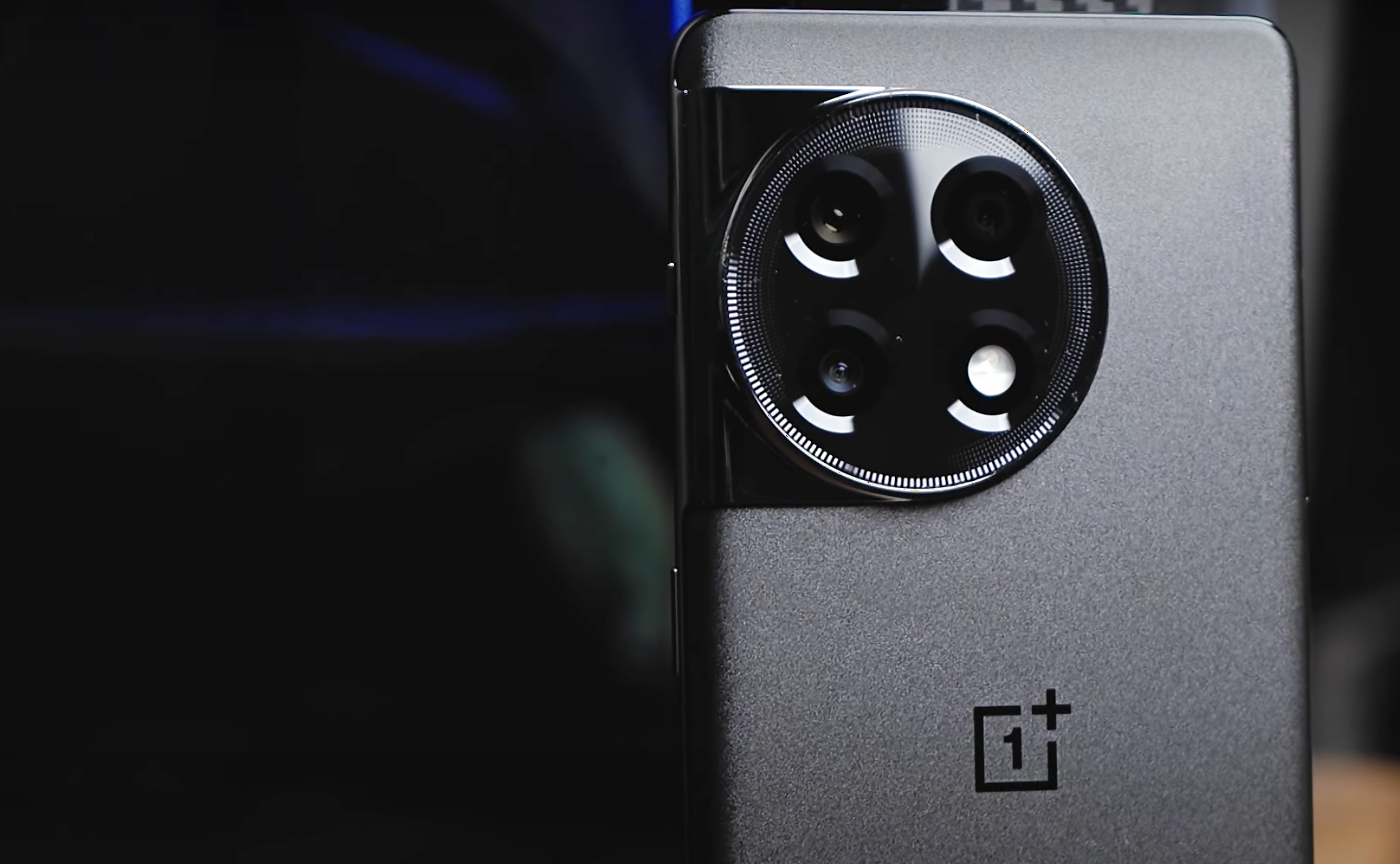
Nothing says they have worked hard to improve the camera system this year, and early reviews say the camera experience is better than the Nothing Phone (1). The OnePlus 11R doesn’t have the Hasselblad optimization that the more expensive OnePlus 11 has—even though it has the same primary lens.
You can expect a similar experience from both phones, but they are definitely a tier below the flagships from Samsung and Google.
Price and Conclusion: Paying for ‘Nothing’?
The Nothing Phone (2) and the OnePlus 11R are both solid phones with a lot in common. However, the Nothing Phone (2) is more expensive—retailing at Rs 44,999, while the OnePlus 11R is available for Rs 39,999.
So, which phone should you buy? It depends on your needs and preferences. If you want a unique-looking phone with arguably better software, the Nothing Phone (2) is a good option. However, if you’re looking for a more affordable phone with a fast charger in the box, the OnePlus 11R is a great choice.
Ultimately, both phones are decent, and you can’t go wrong with either one.




















Comments
0 comment